The hedonistic youth culture of the inter-war upper crust is examined in a new exhibition at the National Portrait Gallery
Cecil Beaton’s Bright Young Things
Show all 13
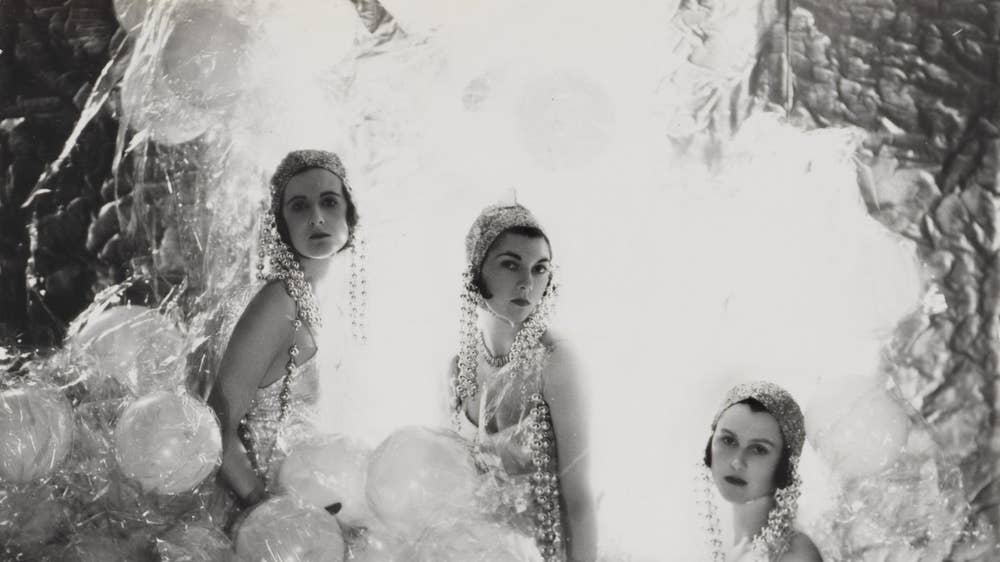
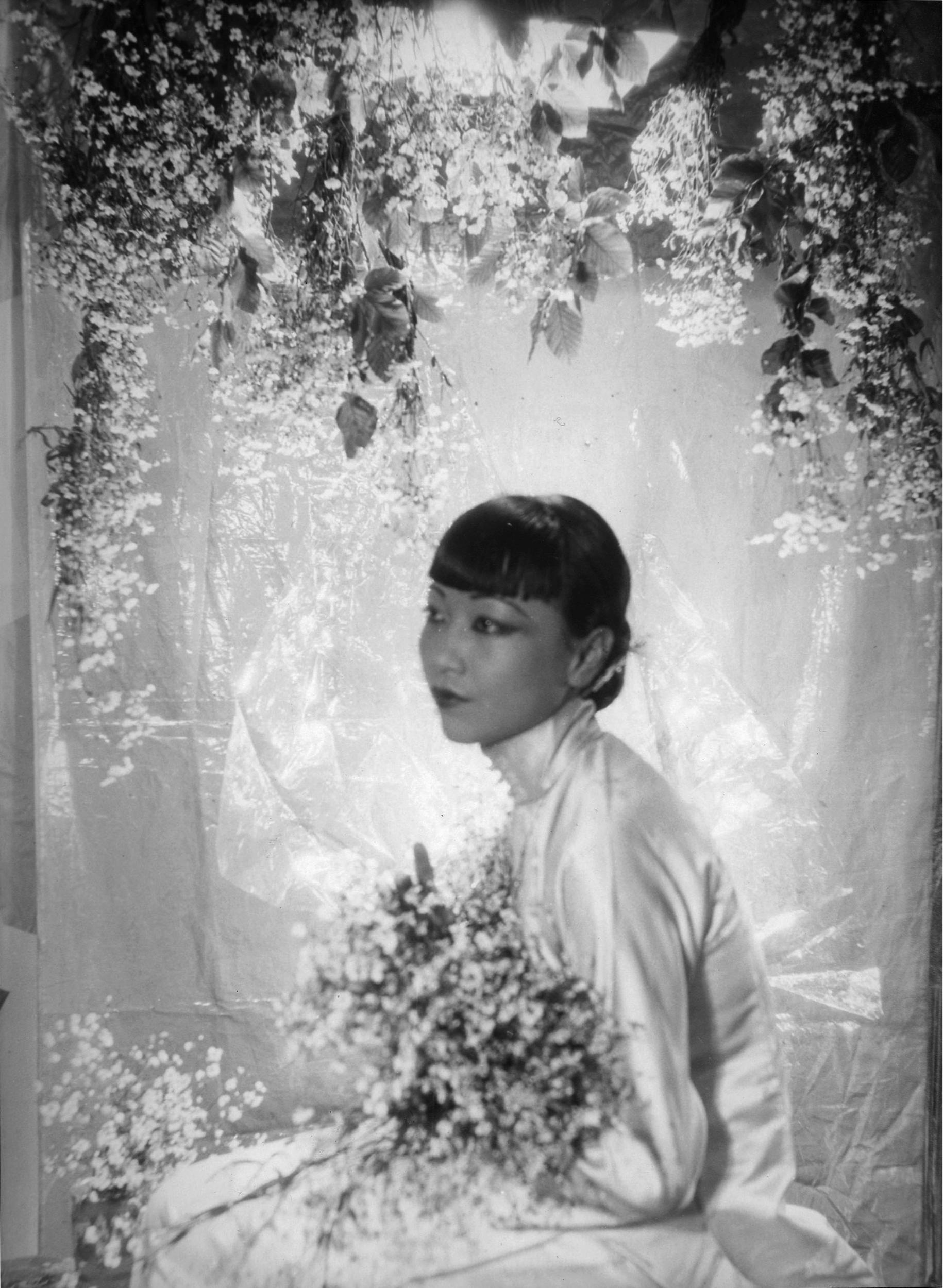
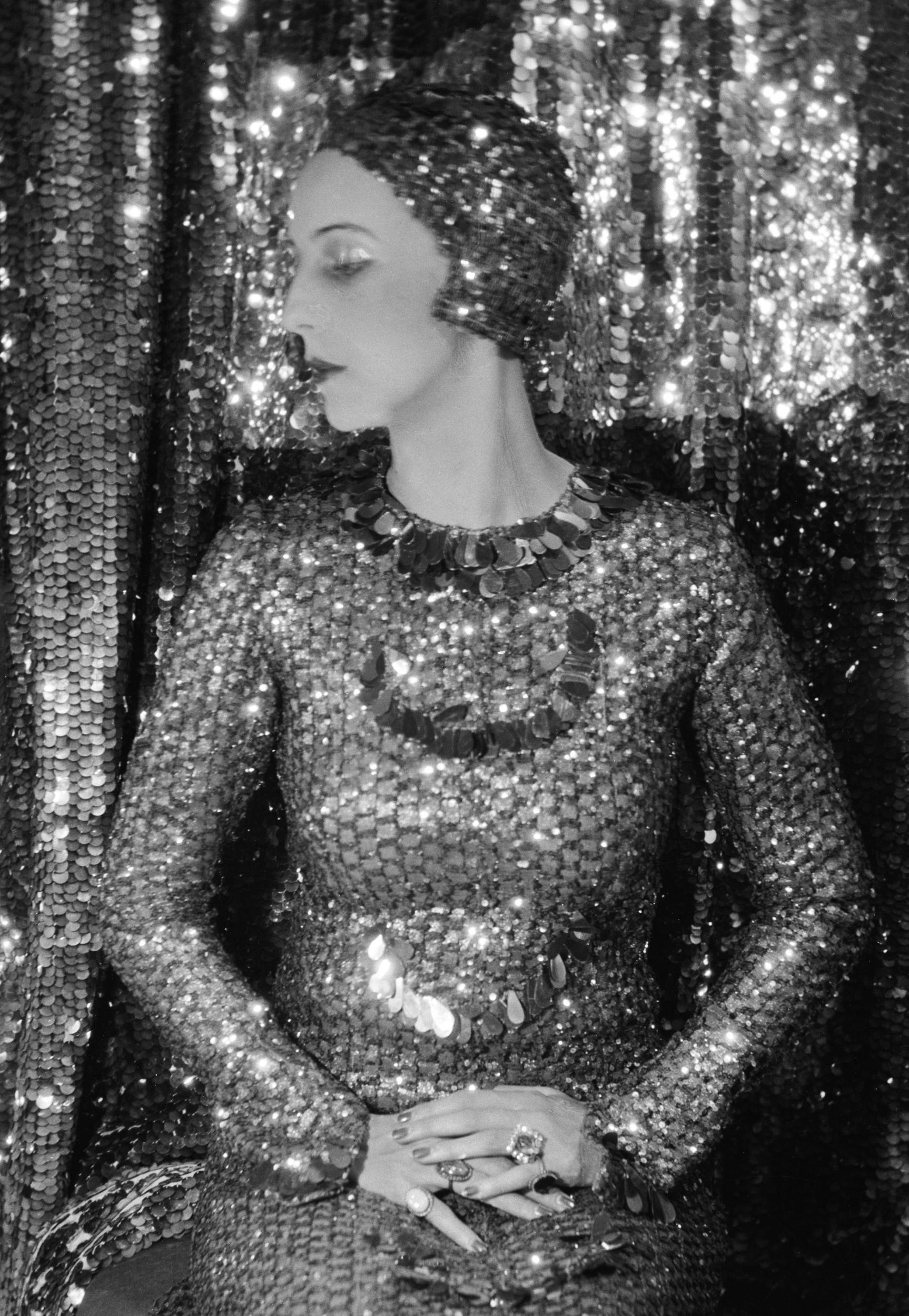
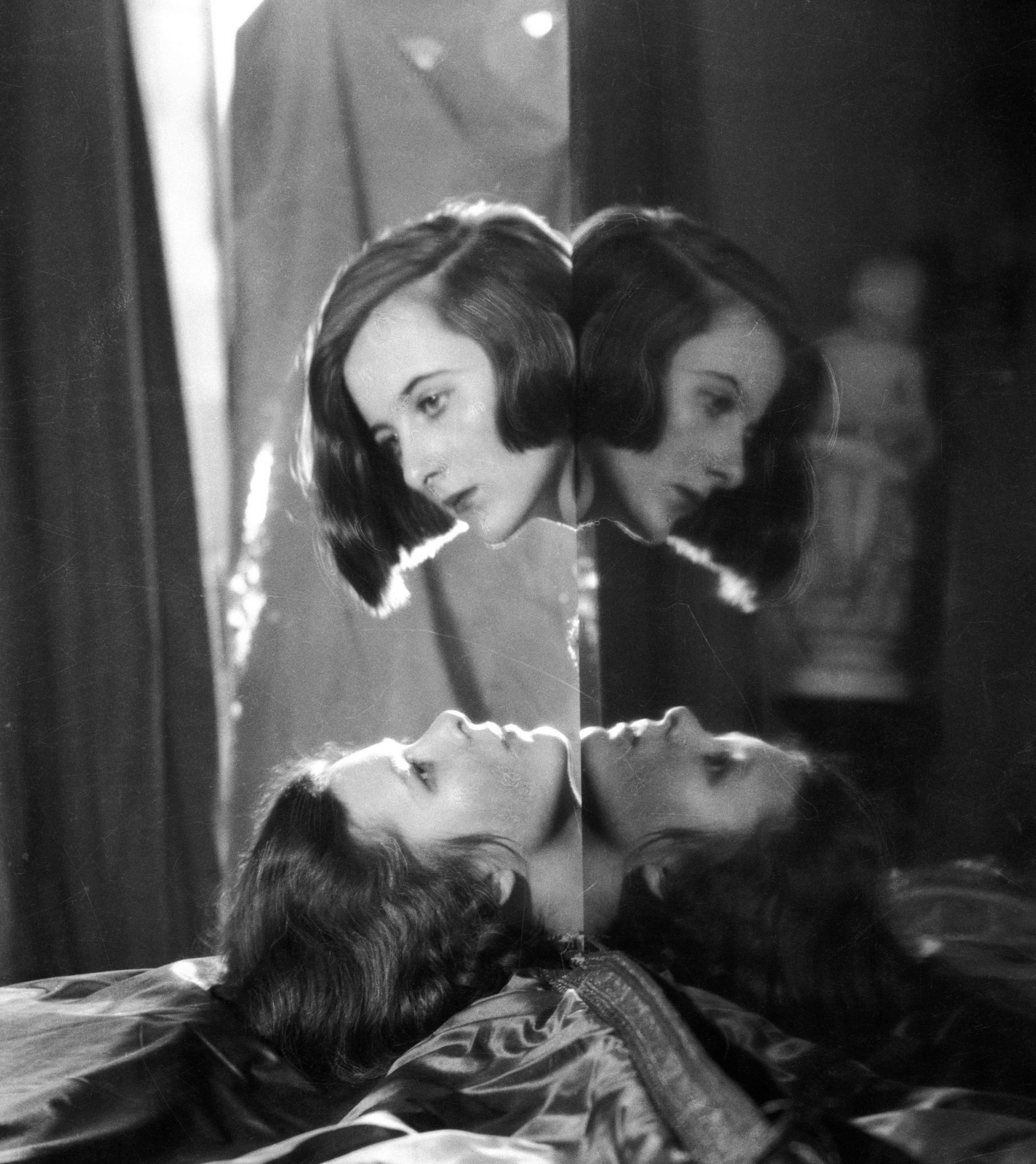
The end of the First World War may have brought peace to London, but by the late 1920s the children of the elite were on a mission to stir up the rigid conventions preserved by their Victorian parents.
They threw wild parties, pranks, treasure hunts and pageants, and broke taboos with their cross-dressing and revealing outfits.
This group of young upper classes included poet John Betjeman and novelists Nancy Mitford and Evelyn Waugh, the latter of who satirised his peers in his 1930 novel Vile Bodies. Alongside the artists and Hollywood actors invited into their fold, this loose group was dubbed the Bright Young Things by the mesmerised press, who breathlessly recorded every boozy party.
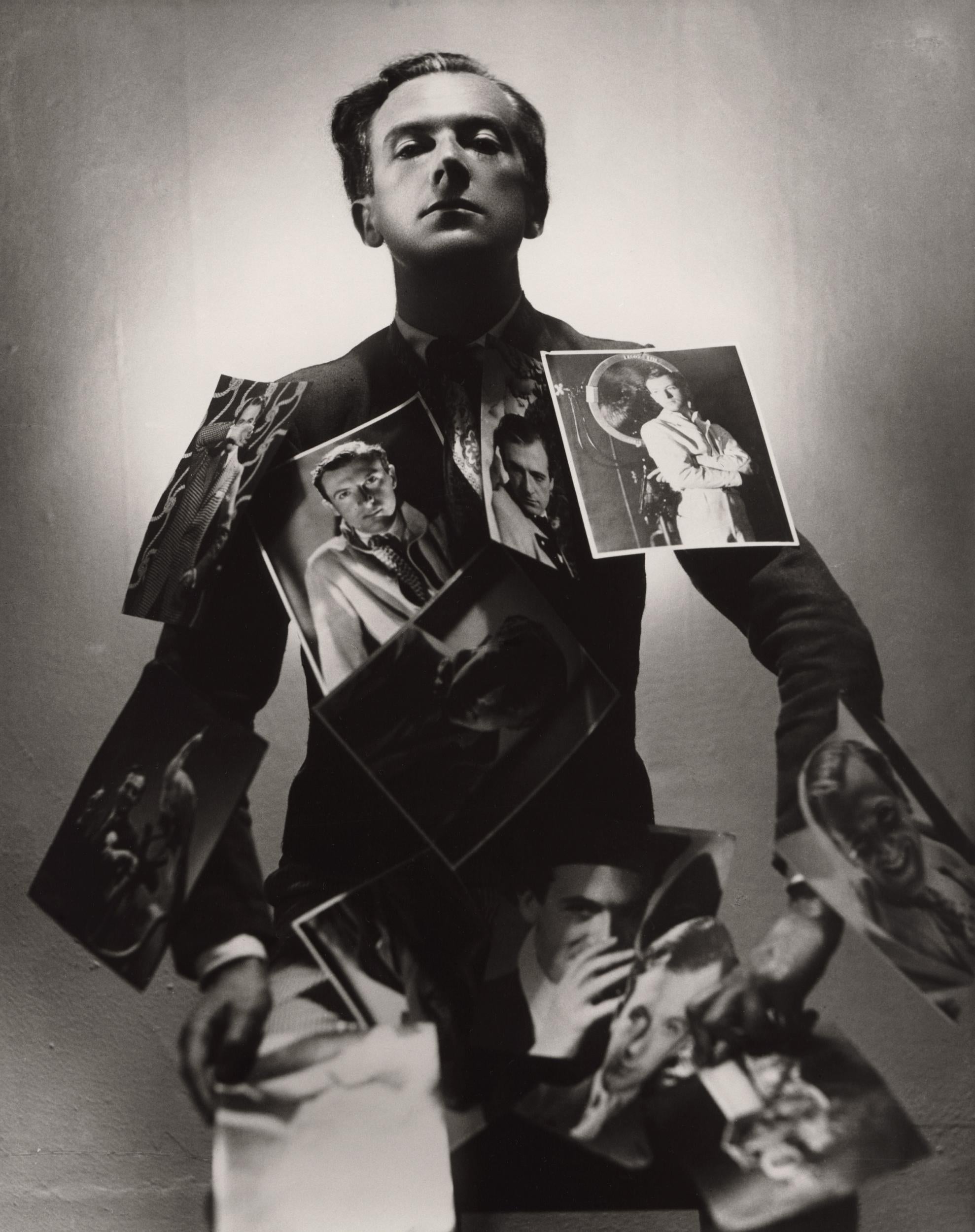
Beaton, pictured, was known for his shocking yet tantalising photographs (Estate of Paul Tanqueray)
Aside from the tabloids, their most ardent documenter – as well as one of their wildest members – was photographer and diarist Cecil Beaton. Beaton published his Book of Beauty in 1930 in which he describes his early obsession with glamorous society women, before musing on the modern beauties in his set. He also documented their luscious costumes and fantastical set designs; he would later go on to work at Vogue and Vanity Fair.
His archive is spotlit in the upcoming exhibition Cecil Beaton’s Bright Young Things at the National Portrait Gallery, bringing together what Dr Nicholas Cullinan, director of the National Portrait Gallery, says is Beaton’s rarely-seen “dazzling photographs, high on art and artifice”.
Through Beaton’s lens, we see the Young Things from the inside, as they wished to be seen – ravishingly glamourous, pushing the boundaries of fashion and taste with androgynous silhouettes and avant-garde costume ideas.
Read more

A visual history of the dark side of Los Angeles, 1920s-1950s
Their antics may look fairly harmless from a modern perspective. At the time though, public view was split between fascination over their whimsical extravagance, and disgust at the hedonistic frittering of their privileged lives. Elizabeth Ponsonby, the daughter of a baron and a leader of the Young Things, outraged the public by throwing a party in which guests drank alcohol from bottles wearing their pyjamas, a move considered scandalously degenerate. She would later hold a mock wedding in a West End restaurant, causing outrage once again. “I revel in insult,” Ponsonby said in a 1929 interview. “I crow when I hear old ladies disapprove. That part of it I love.”
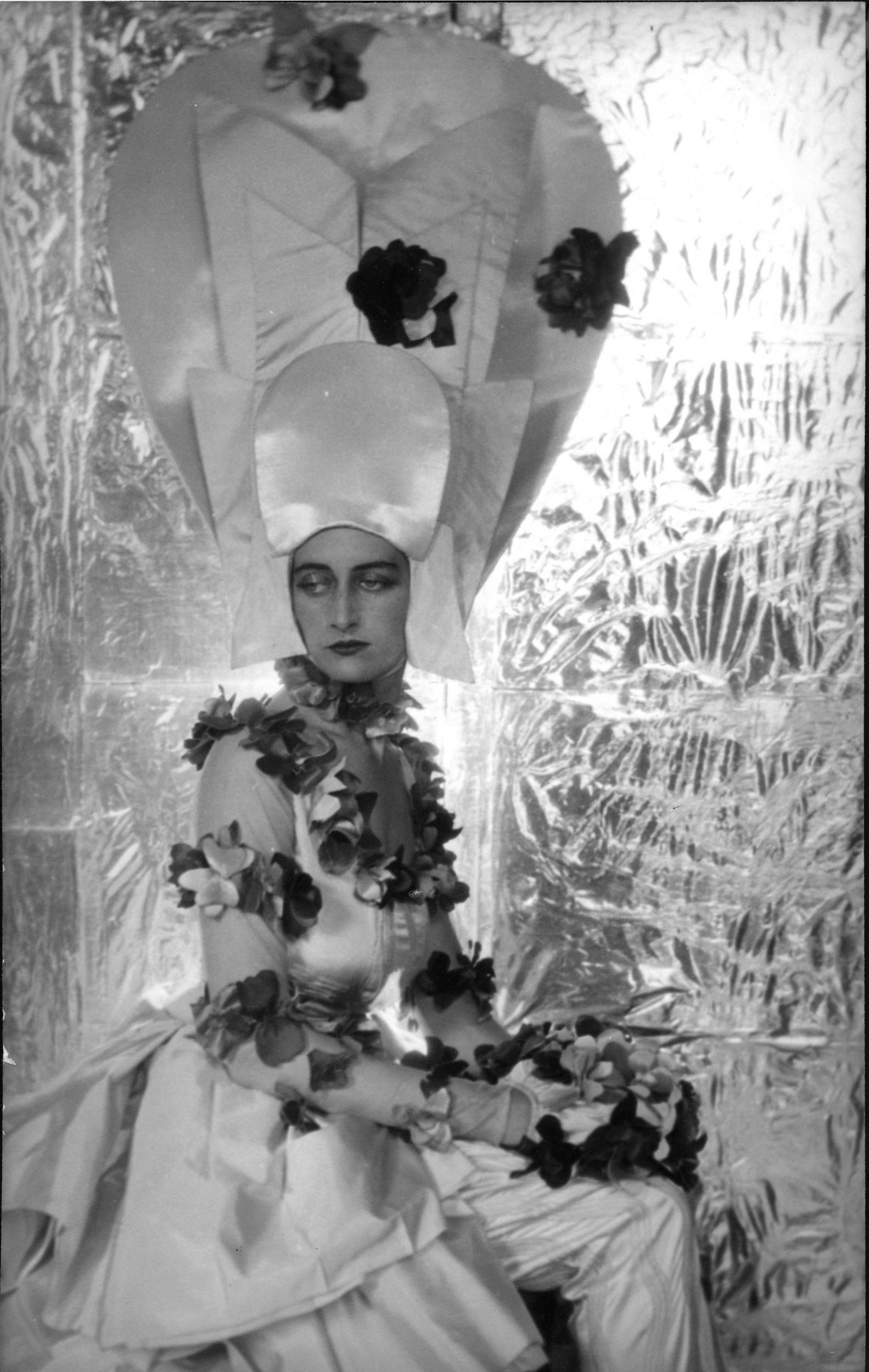
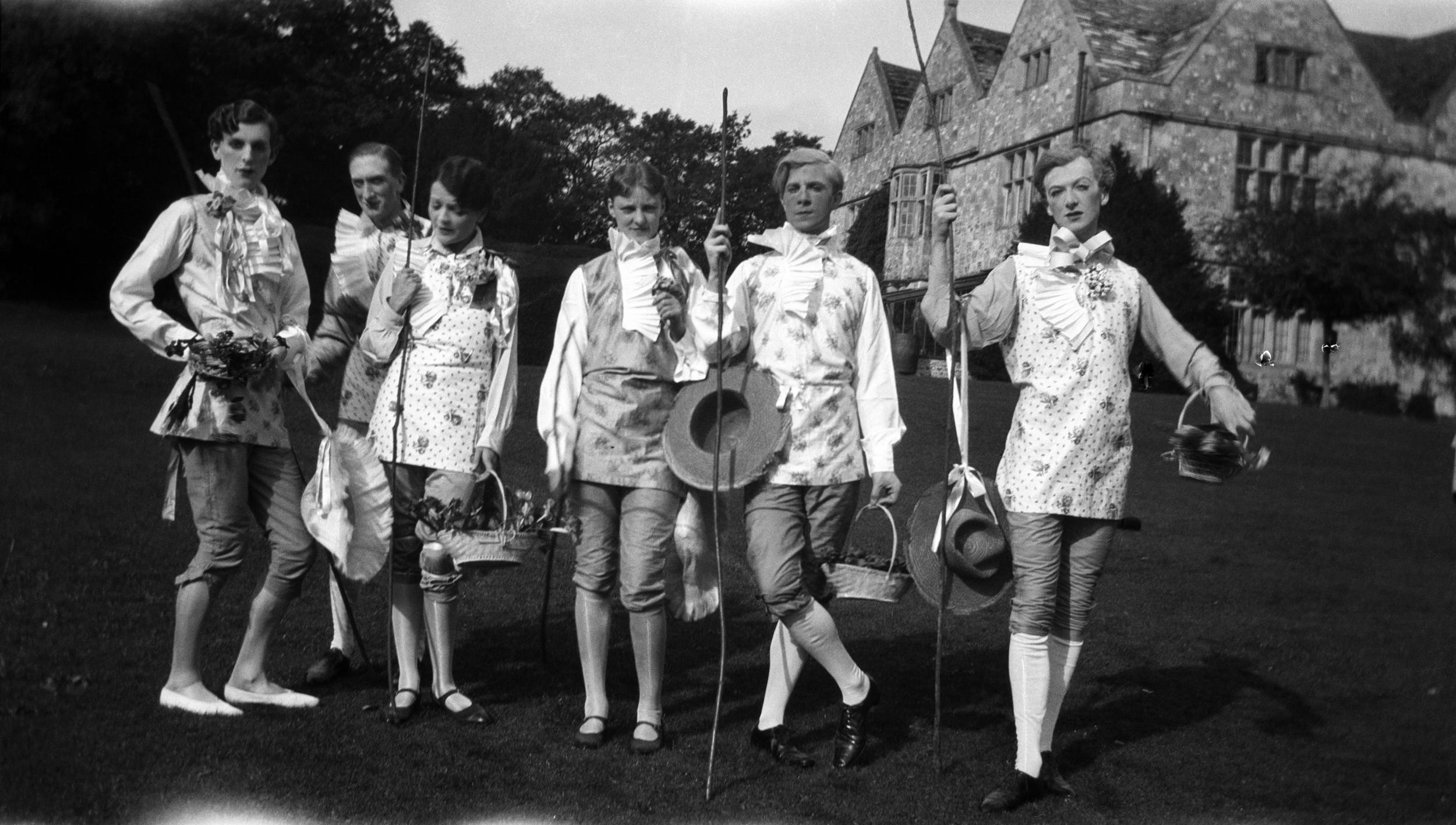
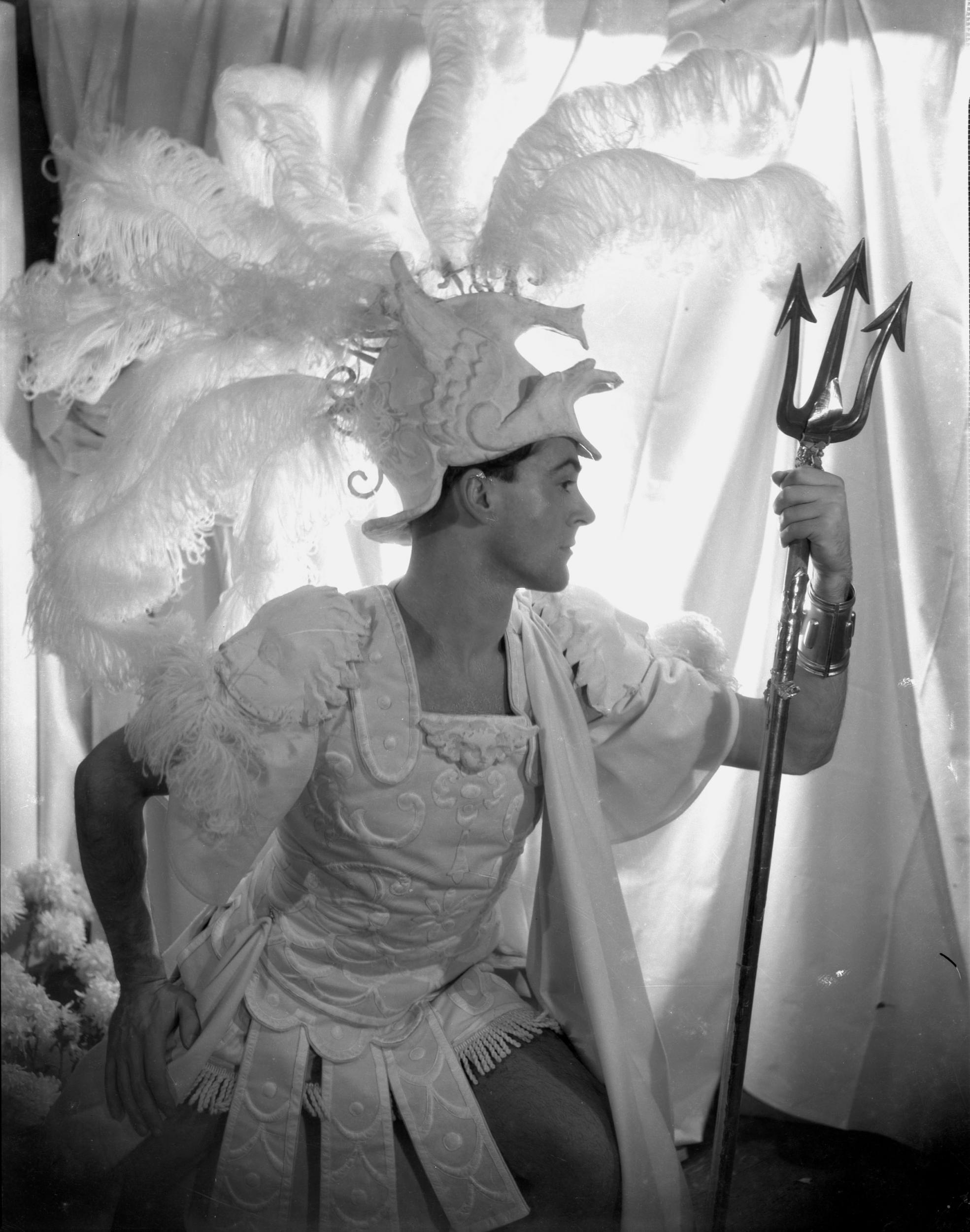
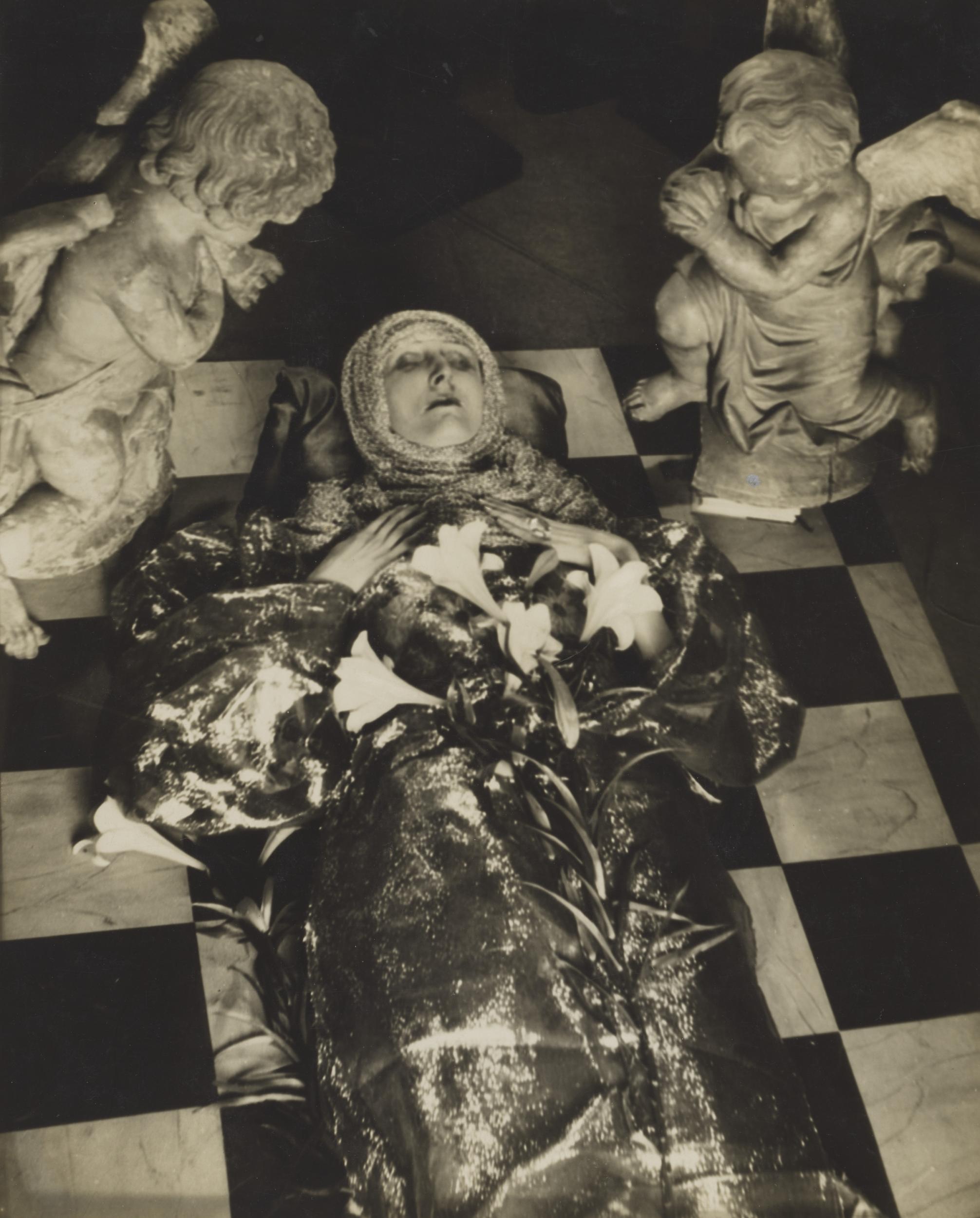
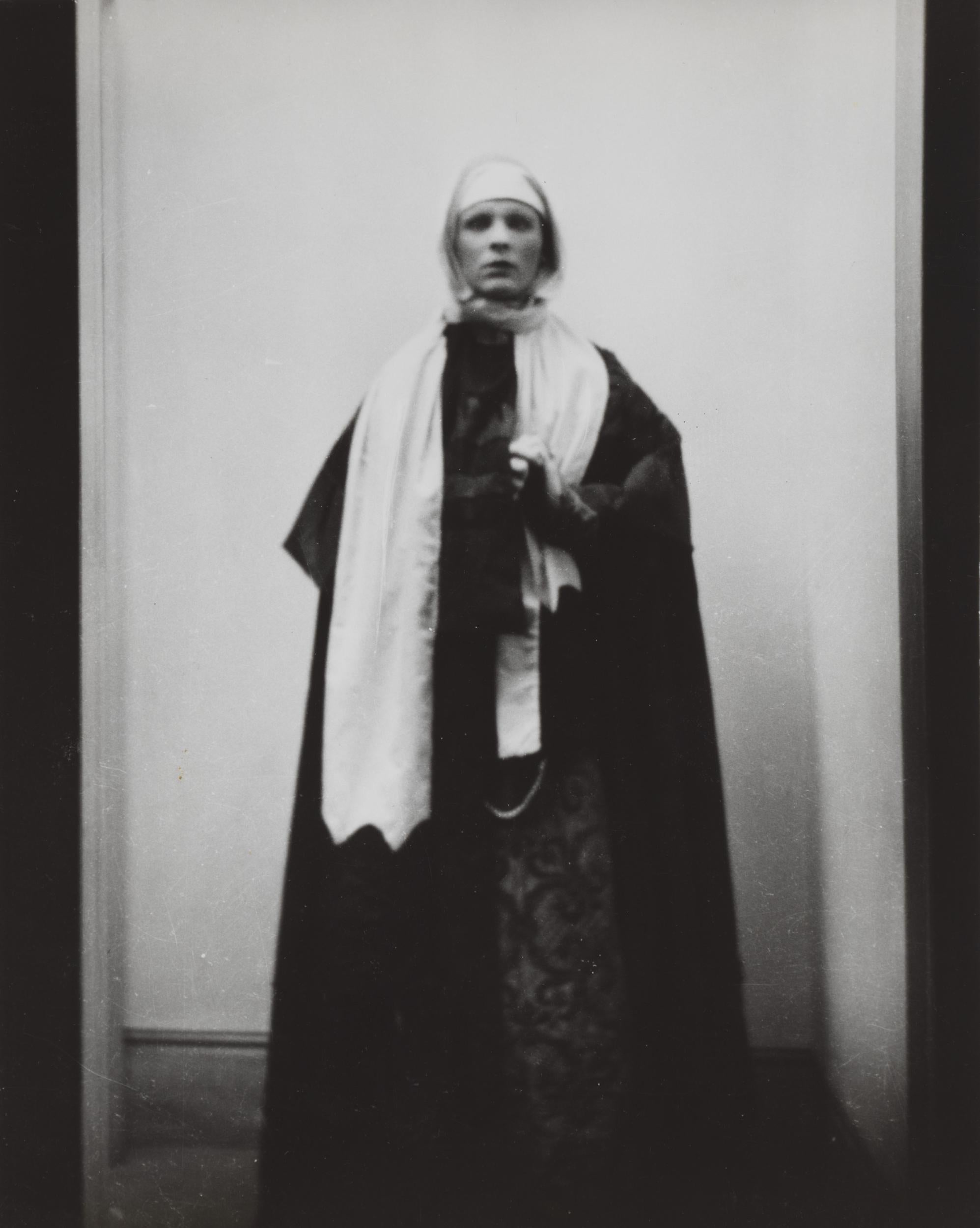
Their antics may look fairly harmless from a modern perspective. At the time though, public view was split between fascination over their whimsical extravagance, and disgust at the hedonistic frittering of their privileged lives. Elizabeth Ponsonby, the daughter of a baron and a leader of the Young Things, outraged the public by throwing a party in which guests drank alcohol from bottles wearing their pyjamas, a move considered scandalously degenerate. She would later hold a mock wedding in a West End restaurant, causing outrage once again. “I revel in insult,” Ponsonby said in a 1929 interview. “I crow when I hear old ladies disapprove. That part of it I love.”
The Bright Young Things’ extravagant ways fell out of favour with the onset of the Great Depression and the Second World War, when they eventually drifted apart. Beaton got a job with the British government photographing the bomb-ravaged city where he once partied; the scandalous Elizabeth Ponsonby died in 1940, a lifelong alcoholic. Yet Beaton’s photos preserve them in their moment: gorgeously decadent, frivolous and forever young.
Cecil Beaton’s Bright Young Things is open 12 March – 7 June 2020 at the National Portrait Gallery
Cecil Beaton’s Bright Young Things is open 12 March – 7 June 2020 at the National Portrait Gallery

Maxine Freeman-Thomas
dressed for Ascot in the year 2000
for the Dream of Fair Women Ball
by Cecil Beaton, 1928
The Cecil Beaton Studio Archive

The Bright Young Things at Wilsford
by Cecil Beaton, 1927
The Cecil Beaton Studio Archive

Oliver Messel in his costume for Paris in 'Helen!'
by Cecil Beaton, 1932
The Cecil Beaton Studio Archive

Edith Sitwell at Sussex Gardens
by Cecil Beaton, 1926
The Cecil Beaton Studio Archive
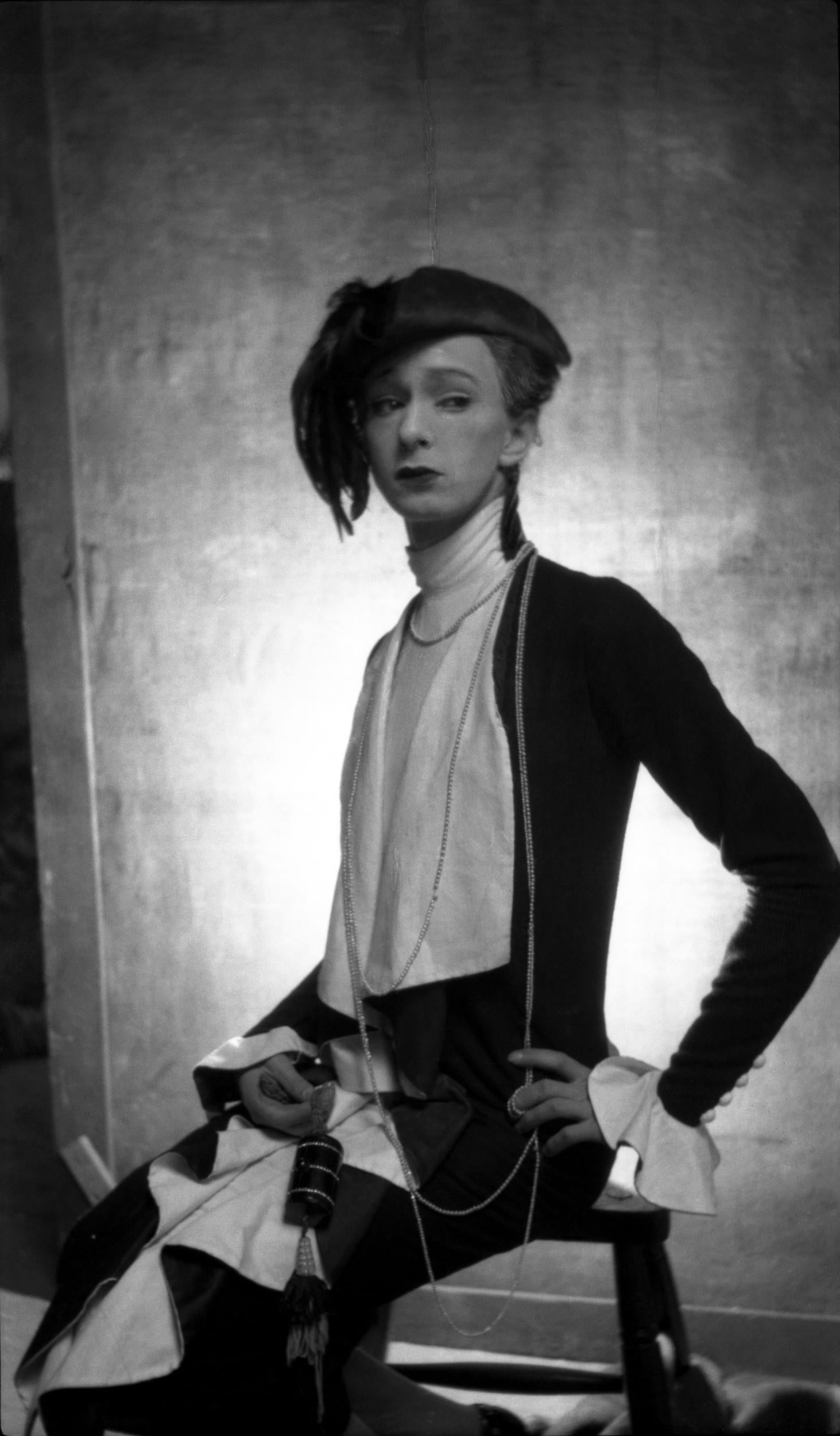

Edward Le Bas as Mrs Vulpy
in The Watched Pot by Cecil Beaton, 1924
The Cecil Beaton Studio Archive

George ‘Dadie’ Rylands as the Duchess of Malfi
The Cecil Beaton Studio Archive
No comments:
Post a Comment